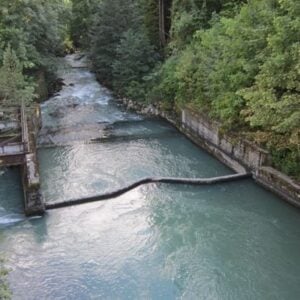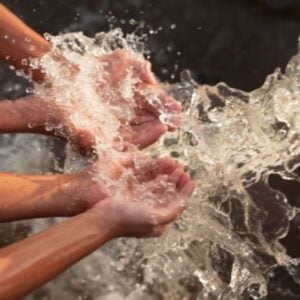Following the magnitude 8.8 earthquake near Russia’s Kamchatka Peninsula that triggered tsunami warnings across the Pacific, Save the Children has shared critical safety advice to help parents protect their children during such emergencies.
When a tsunami alert is issued, families should immediately prepare to move to safer areas. Earthquakes often bring aftershocks that may trigger additional waves, so it’s vital to head inland or to higher ground as soon as the shaking stops. Rapidly receding sea water is a warning sign of an approaching tsunami, but even if the ocean doesn’t visibly pull back, the risk may still be present, and immediate evacuation is recommended.
Once safe, families should focus on survival basics. Staying warm is essential, and people should use any available materials—such as blankets or newspapers—to maintain body heat. Clean drinking water might be limited, so knowing the nearest safe source is crucial. Conserving water for essential uses like hygiene is also important in the aftermath.
In evacuation shelters, maintaining a sense of community and support is vital. Respect for others sharing the space is key, and families should, where possible, create separate areas for young children and their caregivers. These child-friendly spaces provide a safe environment for emotional recovery and play.
If conditions allow, children can be included in clean-up tasks, which can help them feel useful and bring a sense of normalcy back to their lives. Parents and caregivers are also encouraged to support children’s mental well-being by listening to their concerns, allowing them to express their feelings, and offering comfort and reassurance about their safety and the temporary nature of the crisis.







